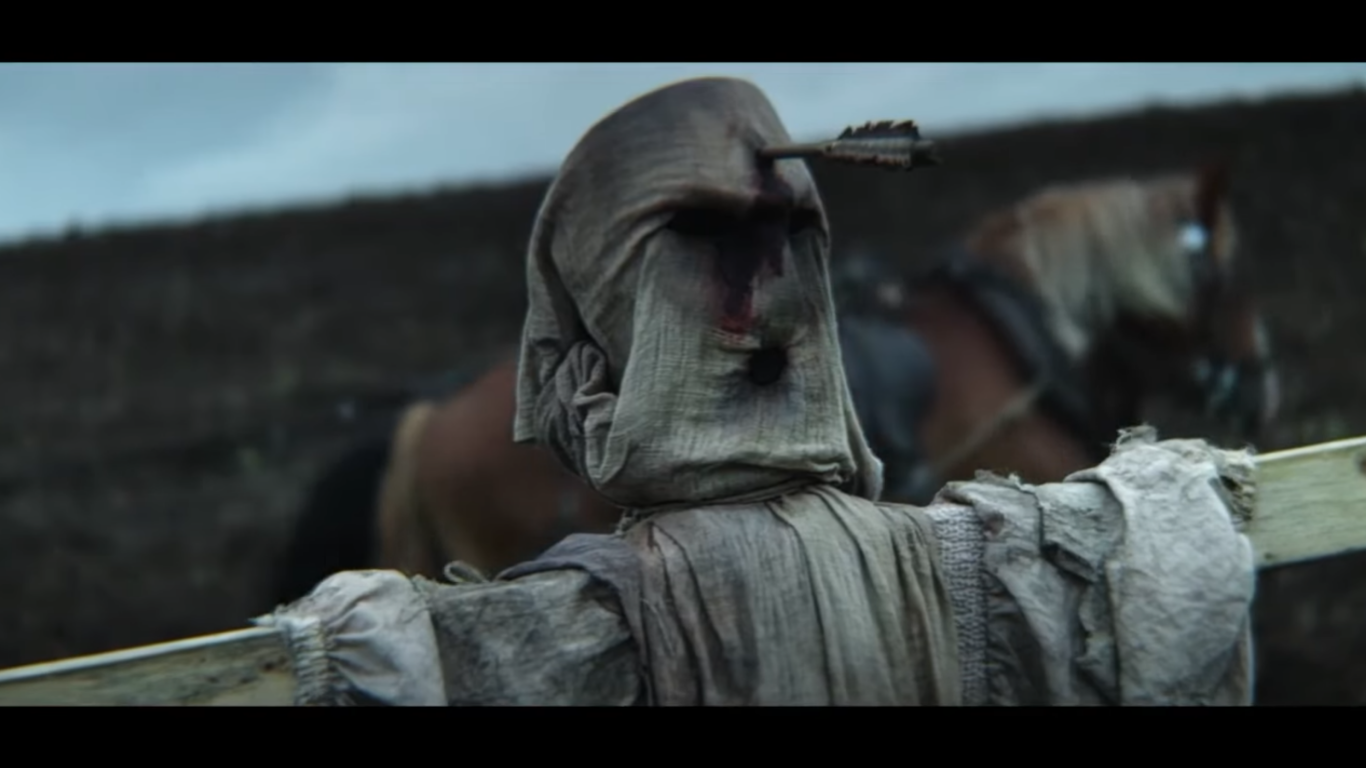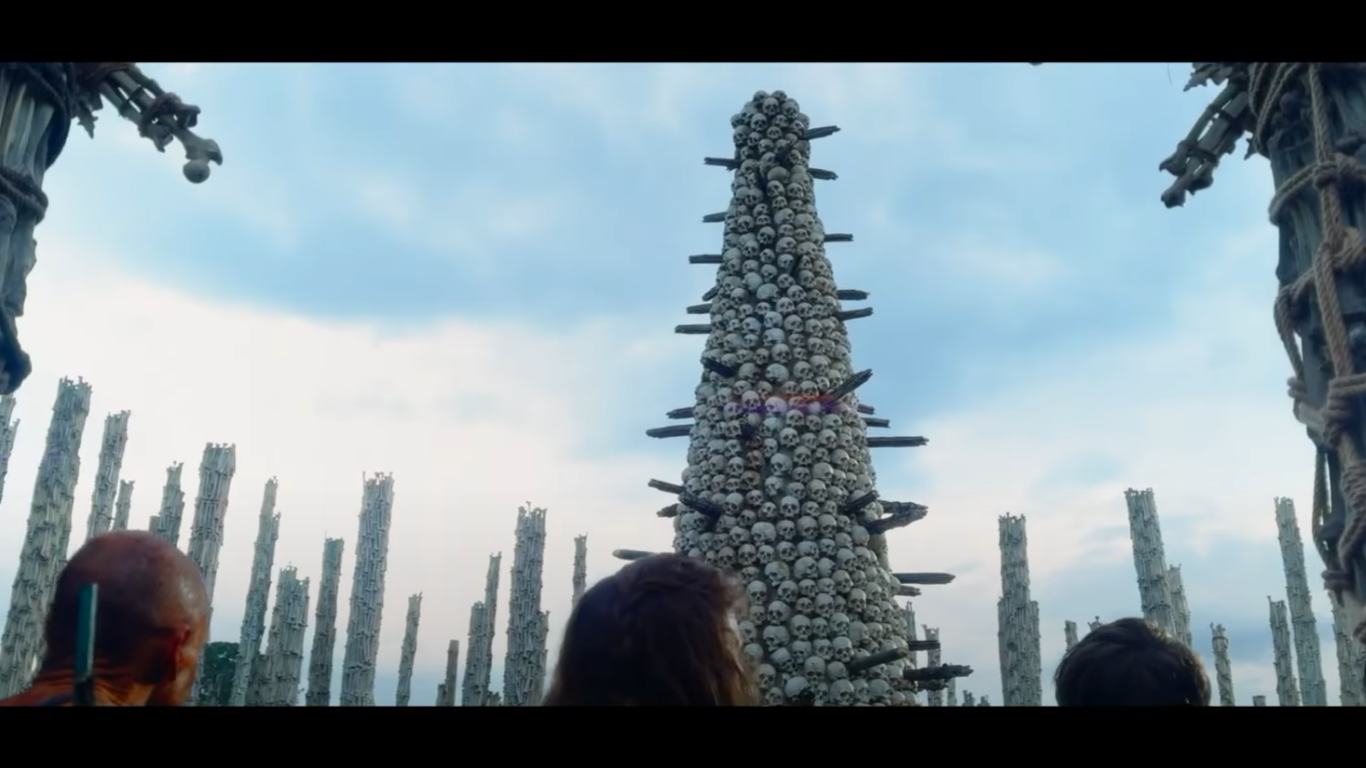The highly anticipated third installment in the 28 Days Later franchise—28 Years Later—has finally hit theaters, and early reviews are painting an exciting picture. Far from being just another post-apocalyptic horror film, 28 Years Later is earning widespread acclaim for its unconventional storytelling style, cinematic flair, and emotional depth that few expected. Critics are applauding the film’s bold choices, nuanced characters, and thoughtful approach to horror.
In a genre often dominated by blood, chaos, and mindless thrills, 28 Years Later proves that horror can be introspective, compassionate, and artistically daring. Below, we break down why the first reviews for 28 Years Later are overwhelmingly positive, and how the film is redefining expectations for horror sequels.
A Bold Cinematic Vision: Horror Reimagined
One of the key themes in the first reviews for 28 Years Later is the film’s unconventional style. Directed by Danny Boyle, who returns to the franchise for the first time since 28 Days Later (2002), the film doesn’t rely on jump scares or predictable tropes. Instead, it unfolds with carefully paced tension, emotive storytelling, and symbolic visuals that deepen the psychological horror experience.
Critics note how the use of color, sound, and stillness allows scenes to breathe—giving audiences time to process both the horror and the humanity.
“It’s not just a horror movie—it’s a meditation on memory, loss, and survival,” writes The Independent.
This unique approach makes it clear why first reviews for 28 Years Later praise its unconventional style—it dares to challenge what audiences expect from the genre.
Emotional Intelligence in a Brutal World
While past films in the 28 franchise leaned heavily into action and chaos, 28 Years Later embraces a different kind of horror: emotional realism. Critics are highlighting how the story digs into themes of grief, isolation, and moral ambiguity.

The plot follows survivors and second-generation youth grappling with a world rebuilt on top of ruins. Characters are no longer running from monsters—they’re navigating complex relationships, trauma, and distrust in institutions.
A standout scene mentioned by many reviewers involves a quiet moment of forgiveness between a daughter and her infected parent—a haunting depiction of empathy within apocalypse.
It’s no surprise that the first reviews for 28 Years Later praise its emotional depth, as it offers something rare in horror: genuine heart.
Expanding the Franchise’s Worldview
Another highlight in early reviews is how the film widens the scope of the 28 universe. Unlike its predecessors, which primarily took place in the UK, 28 Years Later introduces global stakes. The Rage Virus is no longer just a British problem—it’s a worldwide concern.
Critics are impressed by how the film explores international politics, quarantine ethics, and the cost of rebuilding in morally grey territory. This not only adds realism but provides a philosophical layer that makes the film feel larger and more relevant than ever.

“This is the smartest the franchise has ever been,” notes Variety. “It challenges the audience to consider the political and ethical consequences of post-pandemic governance.”
Complex Characters and Strong Performances
Performance-wise, 28 Years Later delivers an emotionally powerful cast. Critics highlight Anya Taylor-Joy and John Boyega as emotional anchors of the film. Taylor-Joy plays a scientist on a mission to explore the potential for a cure, while Boyega leads a faction of civilians who’ve lost faith in authority.
Their performances are praised for being subtle, vulnerable, and intensely human. The return of Cillian Murphy in a cameo adds a nostalgic bridge to the original, reinforcing the film’s themes of cyclical trauma and legacy.
It’s this attention to character depth and evolution that has many saying the first reviews for 28 Years Later praise its emotional depth with good reason.
A Technical Masterpiece in Visual Storytelling
From a technical standpoint, reviewers are applauding the film’s stunning cinematography, sound design, and editing choices. The tension builds slowly, often relying on quiet moments, ambient sound, and haunting silence to create fear.

Danny Boyle’s return brings back that gritty realism fans loved in 28 Days Later, but this time with a more polished, mature execution. Every frame feels meaningful, and every setting tells a story—whether it’s a desolate ruin or a partially restored village trying to cling to civilization.
What the Critics Are Saying
Here’s a quick look at what top publications are saying in the first reviews for 28 Years Later:
-
The Guardian: “A bold return for Boyle—emotionally stirring and visually masterful.”
-
Empire: “28 Years Later is the rare horror sequel that dares to feel deeply and think even deeper.”
-
IGN: “Haunting, poetic, and unexpectedly moving—a breath of fresh air in the horror genre.”
A Horror Film for a New Era
More than just a sequel, 28 Years Later feels like a reimagining of what horror cinema can be. Its themes resonate in a post-COVID world—fear of outbreaks, mistrust in systems, the fragility of connection. But rather than exploit those fears, the film approaches them with compassion, philosophy, and artistic clarity.
It’s no wonder that the first reviews for 28 Years Later praise its unconventional style and emotional depth—it’s the horror film we didn’t know we needed.
Conclusion: A Triumphant Return With Heart and Vision
In a cinematic landscape filled with reboots and shallow sequels, 28 Years Later emerges as a standout success. Critics are united in their praise of the film’s unique storytelling, emotional resonance, and visual mastery.
This is not just a return to form—it’s a bold leap forward. A horror film that touches the soul as much as it chills the spine.
If you’re looking for a genre film with brains, beauty, and emotional impact, 28 Years Later delivers—proving once and for all that horror can still surprise us.
FAQs
Q1: Is 28 Years Later a direct continuation of 28 Weeks Later?
Yes. The film builds on events from 28 Weeks Later while introducing new characters and settings, expanding the story both emotionally and geographically.
Q2: What makes 28 Years Later different from other horror films?
Its unconventional storytelling, thoughtful themes, and emotional intelligence separate it from typical horror fare, making it a more mature and reflective entry in the genre.
Q3: Is 28 Years Later suitable for viewers new to the franchise?
Absolutely. While existing fans will appreciate deeper references, the film is accessible to newcomers and can be enjoyed as a standalone experience.

4 thoughts on “First Reviews for 28 Years Later Praise Its Unconventional Style and Emotional Depth”